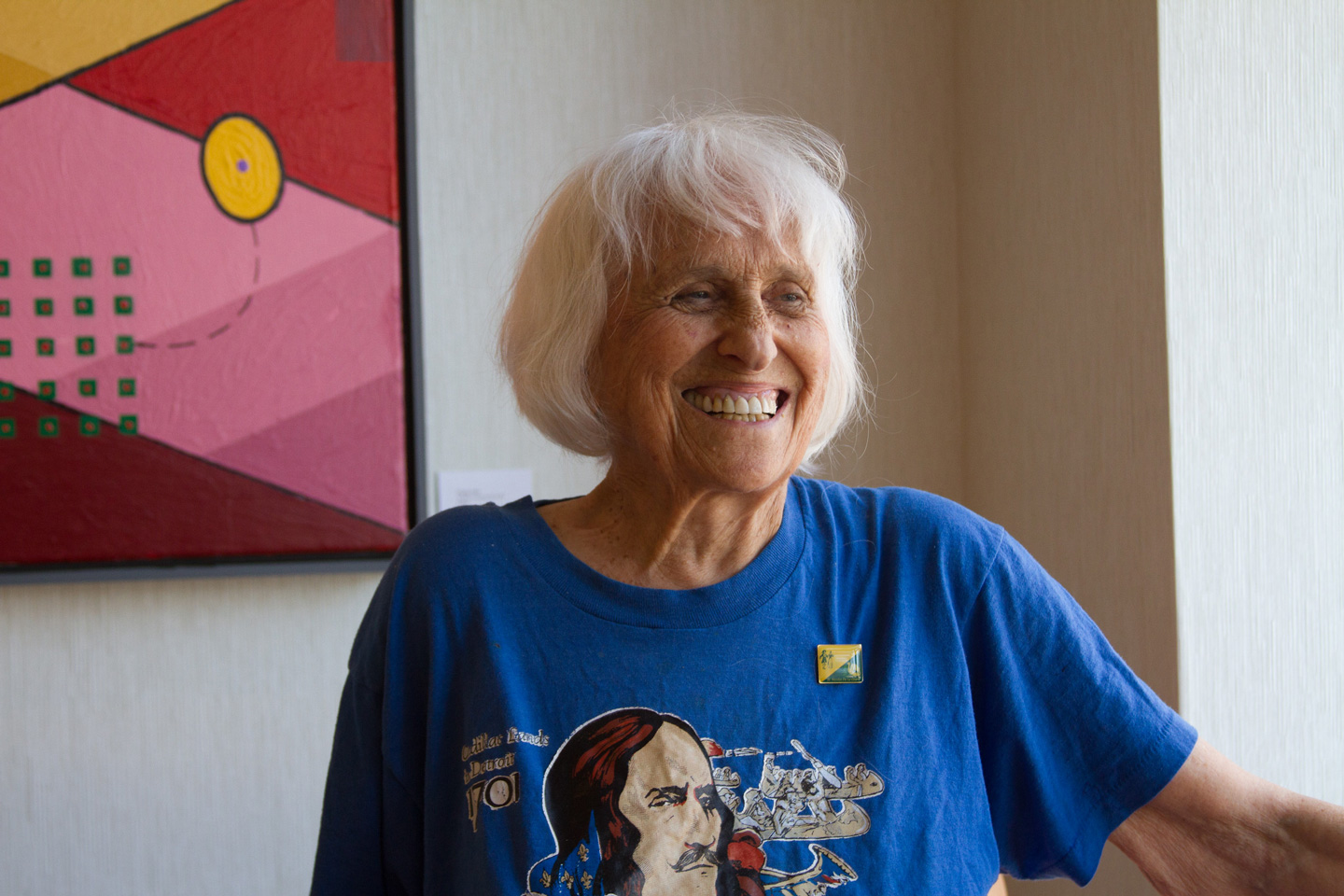For as far back as most Detroiters can recall learning their first dance steps at Wayne State, the JCC or Camp Tamarack, Harriet Berg has been a beloved teacher. For those who have followed her illustrious career—her Dance thru History—Harriet is renowned (albeit retired) as the Founder, Artistic Director and Choreographer for the Jewish Community Center’s Festival Dancers, for the components of Dance Thru History Theatre Co., as well as Renaissance Dance Company of Detroit, Madame Cadillac Dance Theater, Belles & Bachelors of Fort Detroit and Isadora Duncan Dance Ensemble.
Tapping her astonishing memory and encyclopedic knowledge of dance, Harriet still holds forth as Detroit’s Dance Maven, still going strong at 90. Born and raised in the city, a lifelong Detroiter and resident of the Park Shelton in Midtown for nearly three decades, Harriet reminds us that not all Jewish Detroiters are young startups and transplants from college or the burbs.
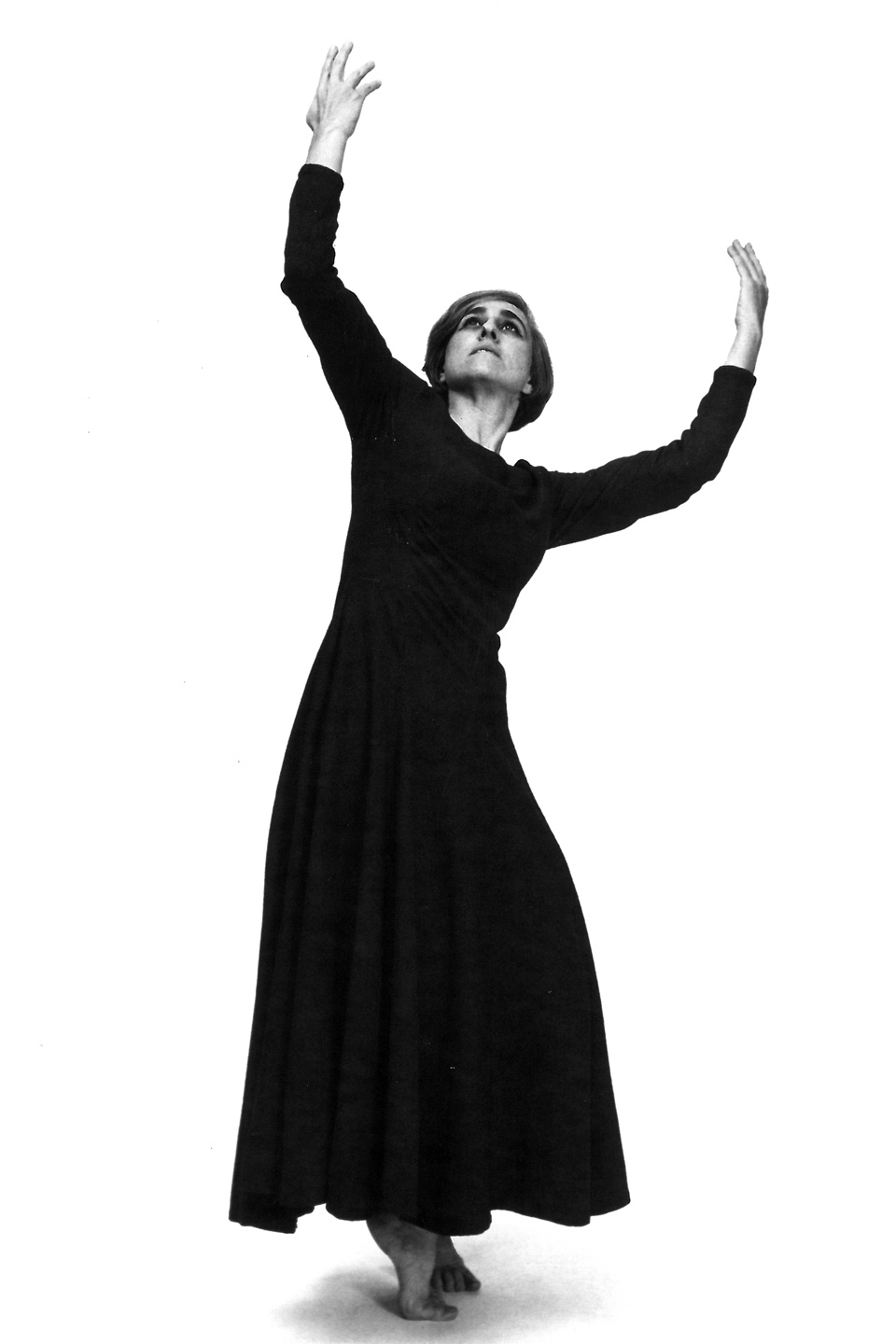
Her steps may be slower today, yet still she displays the elegant posture, the commanding carriage and the natural vibrancy of a dancer at home on a large-scale stage.
“Dance is to live, to live is to dance.” – Harriet Berg
We meet Harriet at Cafe 14 around the corner from her apartment building on the steamy hot morning of the 24th of July—a date that no one takes particular notice of—until she walks in sporting a bright blue t-shirt depicting the landing of Cadillac, commemorating the founding of Detroit in 1701. Exuberantly, she declares, “It’s Detroit’s birthday!” and in the spirit of the occasion, we order a round of French roast coffee and quiche before we find a quiet table for a two-hour chat.
Remembrance of all things dancing in Detroit
Harriet’s start in dance was anything but conventional. It was her sister, fifteen years her senior, the serious dancer in the family who fully intended for a career in ballet until a routine physical revealed that she had a heart murmur. Harriet was 18, an English and poetry major at Wayne State University, when friends invited her to fill in for a WSU dance workshop production “because they needed a body.”
“You don’t have to dance,” they told her, “You just have to be there and wear a costume.” Encouraged by the head of the Dance Group who saw things in her that she herself didn’t know, Harriet continued her studies in creative dance education, drawn to the discipline of choreography. “I myself never had the technique of a really good dancer,” Harriet comments, “but I had the ability to create dance, and just like musicians need composers, dancers need choreographers.”
Harriet started dancing as a career after she got married. “I was so lucky,” she said, “My husband, Irving, a gifted educator and artist in his own right, made it so I could pursue the things I loved. For me, it was dance and family. Most dancers have to make a choice. I was fortunate to have both.”
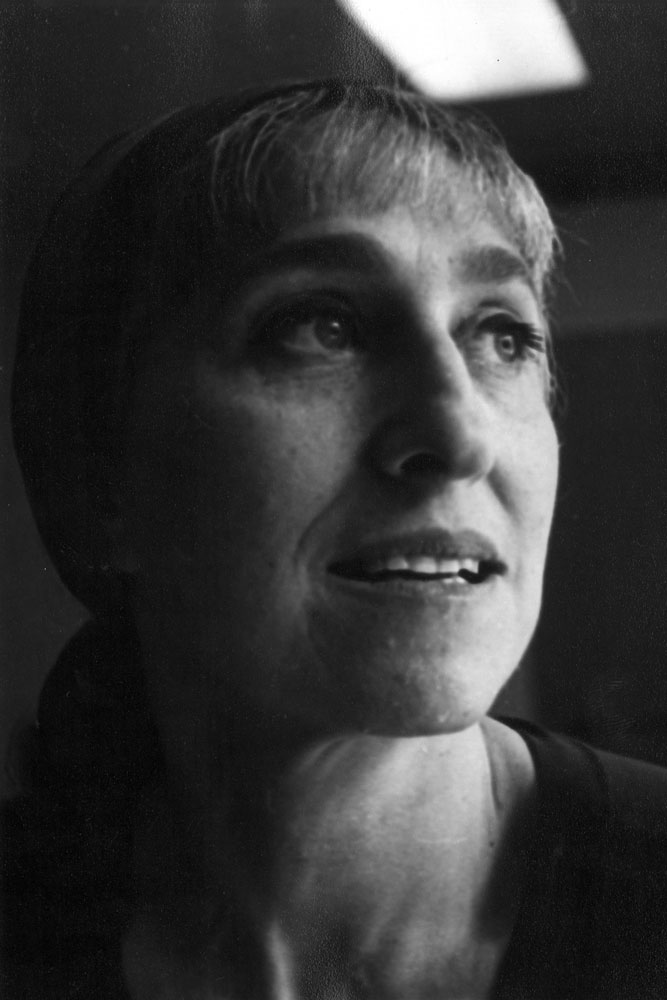
Irving and Harriet were married for 63 years, raised their daughter, Leslie, and son, Martin, in Northwest Detroit on Snowden Street where they lived for 32 years before moving to Midtown in 1983. Their children attended Vernor Elementary, Mumford and Cass Tech High School. Irving was a World War II army veteran, fondly remembered in the community as the Head of the Art Department at Cass Tech, a docent at the DIA and an accomplished sculptor and photographer whose photos chronicled modern dance over the five decades of Harriet’s career. His sculptures are in many private and public collections including Tamarack Camps where the Irving Berg Sculpture Garden was installed over a period of 21 years. Irving passed away in 2009 at the age of 88. Harriet has two grandchildren and two great-grandchildren.
The early years
Harriet describes the early years of her career and marriage as transformative. “How lucky to be born during the Golden Age of Modern Dance and be part of that world,” she says. “Irving supported me 100% and would take care of the kids during our summer vacations while I would go to New York to study with Martha Graham, José Limón and Merce Cunningham. Our daughter was only a year old when we started traveling to the American Dance Festival, a six-week program held annually on the campus of Connecticut College. To meet these artists, to see their work, to study with great choreographers and learn from them – what an experience!”
It was a heady time; Louis Falco, Lucas Hoving and Twyla Tharp were among Harriet’s mentors. The real attraction for her was in seeing rehearsals and the finished work on the stage. Harriet wanted to bring the artistic freedom of modern dance to her students. She would go on to form her own dance companies starting in 1959 at the Jewish Community Center and teach a variety of modern dance techniques and the craft of choreography.
Beyond the stage
Harriet likes to quote the 20th Century philosopher Havelock Ellis. “I believe dance is the mother of all arts, and goes hand-in-hand with building civilizations. Building and dancing are the primary and essential arts. Dancing came first, most likely modeled after animals and the mating dances of birds, followed by nest building — all a basic part of the cycle of life that humans have followed since the beginning of time.”
As a dance historian—with a Jewish soul—Harriet took pride in teaching generations of students at the JCC the dances of Jewish and Israeli origin. “Make no mistake,” she says, “There’s a distinction between the two. To some it may seem like a picayune detail, but Jewish dance has its origins in the Diaspora, primarily of Eastern European Jewry—the folk dances of Russia and Poland—and the Sephardic dances that came out of Spain and the Mediterranean countries. Israeli dance grew from the work of early settlers who created dances for the kibbutzim and festivals tied to Jewish holidays. These dances were based on European folk dances and later included elements of Yemenite and Middle Eastern styles. Since the Yemenite men danced when they prayed, the dances took on a ritualistic character.”
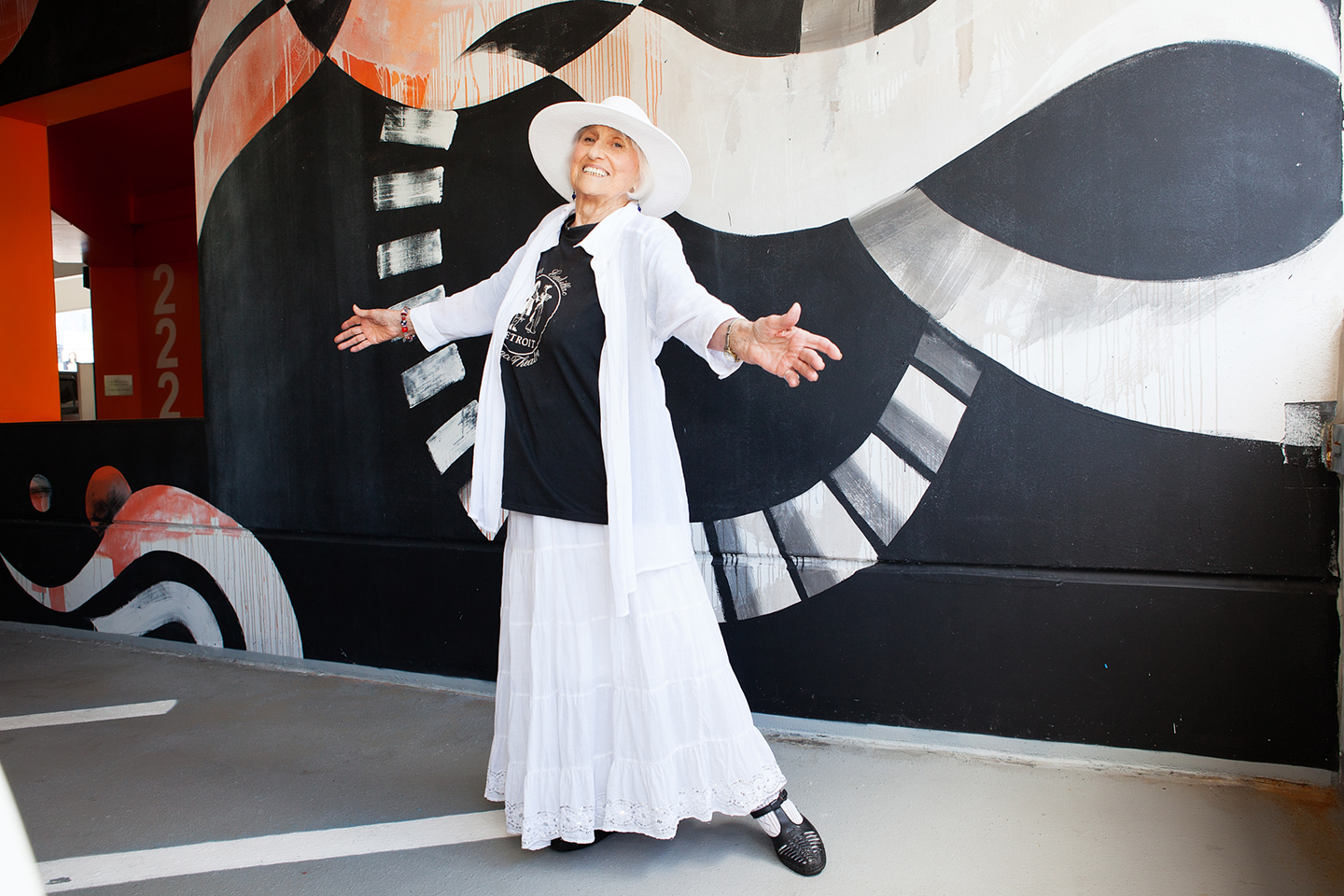
Expanding to historical dance
At Connecticut College, Harriet studied with a woman who reconstructed dances from the past. She learned the dances of the Renaissance and initially performed these with the Festival Dancers. This grew into the Renaissance Dance Company. Using these dances meticulously researched in Renaissance history, she delighted audiences for years playing Good Queen Bess at the annual holiday Wassail Feast held in the Great Court at the DIA. Another company Harriet directed during her career—the Madame Cadillac Dance Theatre—specialized in the 17th Century court and country dances of Louis XIV. She used the dances with music, costumes and storytelling to highlight Detroit’s French Colonial roots.
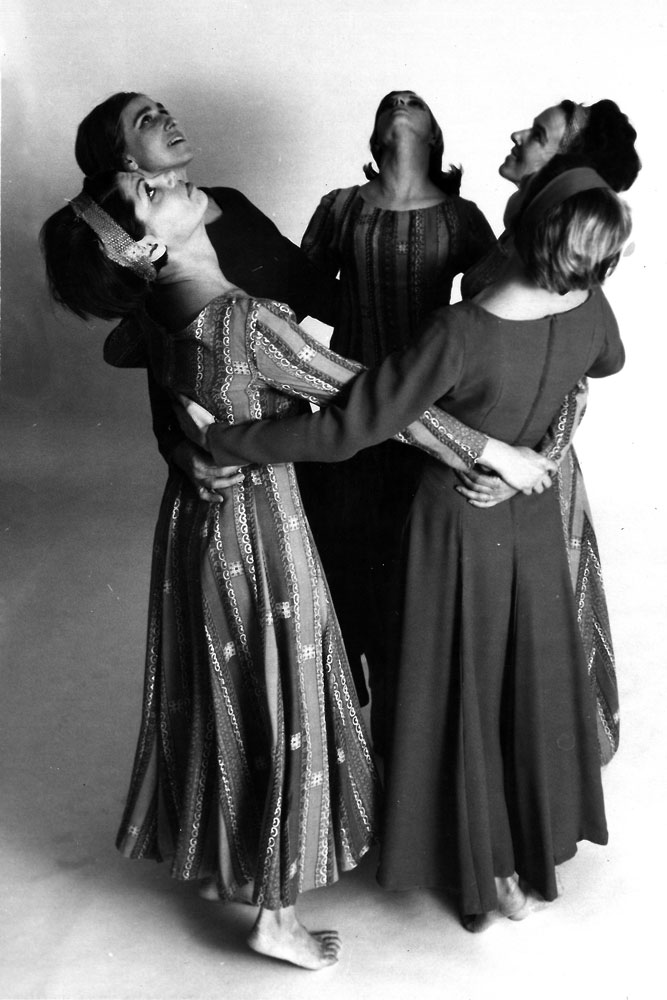
Sweet memories
For her youngest students at the JCC—little dancers three to five years old—Harriet created A Jewish Child’s Nutcracker, a retelling of the Hanukkah story through the classic music of Tchaikovsky. “I always loved intergenerational programs,” recalls Harriet, “One of the sweetest memories of my dance career was a joint program with the Festival Dancers and Young Dancers Guild that mixed and matched mature women and teenage girls. They performed the Romanian Dances by Bela Bartok and choreographed by Jacob Lascu.
Asked about her sweetest memories teaching, Harriet is quick to answer, “All my years at the Center are like a miraculous journey to me. I had an opportunity to teach these wonderful ethnic materials, the dances of our heritage, and to do modern dance and original choreography—and best of all, I had the support of the community. “
Sweetest memory of Detroit? “Oh, that was the dance we did in dedication to the Gracehoper, Tony Smith’s sculpture on the North Lawn in 1972. We picked up people off the street to join in and dance with us. It was a ‘people piece,’ originally choreographed by Rudy Perez, so simple, yet profoundly moving.”
How city life has changed
She may be retired, but Harriet Berg is far from retiring. “I have been here at the Park Shelton since ’83, so essentially I have been living the same kind of life for nearly 30 years, and can certainly say I love it here. I feel very safe with 24-hour security, a covered garage and a very supportive staff who especially looked out for my husband when he became ill.”
Looking out on the heavy construction along Woodward Avenue, she adds: “A miracle! If someone had told me even five years ago that Woodward Avenue would completely turn around, that every condominium on the street would be filled and every storefront would be another interesting boutique or bar or restaurant and that young people would come flocking back to the center of the city—I would have said that’s never going to happen. But here we are all of a sudden, I turn around and the city is changing before my eyes and Jewish young people are a part of it.”
I’ve seen so much history here, my son always says to me, “Mom, write a book, tell your story. I can’t sit still long enough to do that now. But maybe some day . . . when I get older.”

